There is something wild and exciting about hopping onboard a private yacht and sailing off into unknown waters or uninhabited islands. Daniel Defoe wrote a fictional autobiography based on an English castaway named Robinson Crusoe, who spent 28 years on a remote tropical island. Ever since, the concept of being cast away onto an island has inspired us to explore, to discover our own version of tropical paradise.
Being the world’s largest island, Australia has around 20,000 kilometres of coastline, making it a terrific destination to explore for those with a love of the sea. Straddling more than 30 degrees of latitude from south to north, Australia offers sailors an indulgent experience, where days revolve around the setting of the sun and the rising of the tide. Where evenings are spent beneath a canopy of twinkling stars, watching clouds skitter across the moon.
Whether you prefer the freedom to captain your own ship, or want to just sit back and enjoy the water slipping beneath the hull without lifting a finger, the choice is yours. The adage ‘it is better to travel than to arrive’ is no more apt than when applied to yacht charter. Let us take you down to the sea where the gulls soar and seas roar and the salt air invigorates, as we explore some of Australia’s best cruising regions.
Fremantle
Exuding the rough and tumble charm of a working historic port city since its humble 19th century beginnings, Fremantle was abruptly thrust into the limelight in the 1980’s. A much-needed makeover was called for when the cunning crew of Australia II snatched victory from the jaws of defeat in the America’s Cup regatta. Fremantle, in becoming the host city for the subsequent Cup defence, underwent a major revival. Years of salt spray and grime were chiseled away from convict-built buildings to reveal gorgeous limestone architecture. Public bar pool tables were cleared out to make way for boutique breweries. Cafes and restaurants extended their alfresco dining areas, creating a lively vibe on the pedestrian-friendly streets.
Post America’s Cup the city has maintained its charisma, becoming the poster child for Western Australian’s affection for the sea. Caressed by the sparkling Indian Ocean, Freo as the locals call it, has a strong Mediterranean influence. Italian, Croatian and Portuguese cultures blend with the laid back Aussie lifestyle to create an easygoing ambiance. While family groups dip into fish and chips from a plethora of eateries alongside the dock, fishing trawlers and luxury yachts jostle for docking space in Challenger and Fishing Boat Harbours. Overhead, gulls wheel through shards of sunlight bursting through densely-needled Norfolk Pines. The scent of sea and salt spray permeates the air, while dreadlocked buskers vie for left over change from sun baked tourists.
Offshore lies Rottnest Island, a low-lying craggy limestone isle weathered into cosy anchorages created from wind-sculpted bays. Visitors are drawn to the scores of tiny coves kissed by turquoise waters lapping squeaky white sand. From the cycle path that circumnavigates the island, each new bay opens up a plethora of coastal vistas and surprises. Some, large and sweeping with uninterrupted stretches of white sand. Others tiny, with the distinct battered limestone cliffs and wavecut platforms formed by the unrelenting Indian Ocean swell. The waters are a haven for divers, snorkelers and fishermen. Littered with shipwrecks amidst reef-strewn anchorages, secure swing moorings can be hired from the Rottnest Island Authority.
Fremantle Marinas
Fremantle Sailing Club
Fremantle Fishing Boat Harbour
Fremantle Yacht Charter
Escapade Ecotours
Starsand Luxury Yacht Charters
Darwin
The remote Northern Territory city of Darwin, snugly tucked into a vast natural harbour, is a melting pot of mixed races, cultures and tropical outback adventures. Smack in the middle of some of the most isolated, sparsely populated coast in Australia, Darwin is approximately 2600 nautical miles from Fremantle to the southwest and over 1500 nautical miles from Cairns in the east.
Indeed, Darwin’s remote location is one of its charms, attracting its share of characters escaping the cities to the south. Though in recent years the city has endeavored to shrug off its frontier town reputation with swanky waterfront apartments rising from the mangroves, in some respects, it still retains an element of wilderness.
The annual Beer Can Regatta on Mindil Beach, the Holy Grail for beer drinkers in this thirsty city, is an example of just how they do things differently in ‘the Territory’. Though it is rather unfair to lump the entire population into the beer can collector’s basket as the city has much to offer. There’s a thriving arts community, including the highly acclaimed National Aboriginal & Torres Strait Islands Art Award. The waterfront Deckchair Cinema offers movies under the stars during the dry season (April – November). Recently opened, and part of a major waterfront development transforming 25 hectares of industrial wasteland, the Wave Lagoon has negated the hazard of crocodiles and box jellyfish for those wanting to cool off year round.
Darwin Sailing Club in Fannie Bay welcomes visitors to their waterfront club beneath the palm trees. Around the corner in Frances Bay you’ll find the charismatic Dinah Beach Yacht Club near the mouth of Sadgroves Creek. Of humble beginnings, the original bar was housed in a shipping container amidst the jumble of a live-aboard boatyard. This is a genuinely friendly club and is perhaps the quintessential venue for socialising Territory style. It’s raw, it’s brash, and it’s ‘shoes optional’ great fun. It’s also the host club for the long running (mostly annual) Darwin to Ambon yacht race.
For sailors, however, the Top End can be a dangerous place, particularly for the unwary, the unprepared or simply the foolish. Enormous tides, at up to 8 metres, turning a tranquil bay into a dry mangrove grove mudflat twice a day, are the most obvious challenge. Throw in the crocodiles, wet season monsoons and a vast unpopulated coast and self-preservation becomes a necessity, not a luxury. But for the courageous, well-organised sailors who make the effort, or charter with seasoned professionals, the rewards are many.
Visitor permits are required before venturing ashore on much of the coast east of Darwin which is defined as Arnhem Land. There is a smattering of Aboriginal coastal communities, with Maningrida perhaps the best known for its art community, with some noted collectable artists hailing from this region. Further east is the township of Gove (otherwise known as Nhulunbuy). The Gove Yacht Club is positioned on an idyllic, almost landlocked harbour. Well almost idyllic if you ignore the massive bauxite loading facility dominating the northern shore.
‘The territory’ coastline is predominantly sandy beaches and mangrove fringed mudflats, with the occasional exception being dramatic cliffs like those in the English Company Islands. The region has a chequered history of European exploration, fraught with the challenges of dangerous wildlife and troublesome encounters with the Aboriginal inhabitants. Spanish Captain Luiz Baez de Torres was known to have landed as early as 1606, leaving his name on the strait that separates Australia from Papua New Guinea. Europeans subsequently tried settling in Port Essington, Raffles Bay and Croker Island before establishing the township of Palmerston in the 1860s. It was from this remote colonial outpost that the thriving city of Darwin eventually evolved.
Darwin Marinas
Don’t expect to find an abundance of marinas on your Top End expedition: there simply aren’t any beyond Darwin. For sailors who haven’t had the pleasure of transiting a lock system, the towering concrete sided walls can be intimidating. It is also unavoidable, as all three marinas have them in order to make allowance for extraordinary tidal ranges.
Cullen Bay Marina
Tipperary Waters Marina Lockmaster mobile +61 0407 075 077
Bayview Waters Marina
Darwin Yacht Charter
Arafura Sailing Adventures
Cannon Charters
Port Douglas
There is something untamed and just a little bit sexy about the town of Port Douglas. Known simply as ‘Port’ by locals in some respects it retains its long-held free spirit, with thongs and shorts the standard dress code amongst boisterous cane toad race- watching tourists. While just a few paces along the main strip, the elegantly attired glamour-set loll around in oversized leather couches sipping mint infused mojttos at sophisticated alfresco restaurants. Port attracts an eclectic crowd of both locals and visitors, creating an intriguing tropical fusion. Having shrugged off its quaint fishing village tag long ago, it’s easy to be seduced by Port’s exotic charisma.
Graced with the natural beauty that comes from being sandwiched between twin world heritage delights, the Daintree Rainforest and the Great Barrier Reef, Port has plenty of diversions, both natural and man-made. With Four Mile Beach at one end of downtown Macrossan Street and mangrove lined Dickson Inlet at the other, shaded beneath densely canopied overhanging trees, restaurants and bars spill across the pavement. If you’re in town on a Sunday, I encourage you to head straight to Market Park at the inlet end of the street. Designated a cotters market (meaning that all goods sold should have been made or produced by stall holders or their families) it’s one of the best markets around.
Just beyond the park, Dickson Inlet links the busy Port Douglas Marina with the offshore islands and the Grat Barrier Reef that should be on every visitors ‘must see’ list. Lining the inlet are a few choice watering holes like On the Inlet and the awkwardly named Port Douglas & Districts Combined Club, both of which are popular haunts for late afternoon drinks overlooking the channel. Further upstream, the Lady Douglas Paddle Steamer plies the mangrove-lined creeks, searching for saltwater crocodiles concealed in the muddy waters as passengers sip champagne.
But it would be remiss of any visitor to Port to not leave town at least for one day to visit either the reef or the rainforest. Both have their appeal, though the long boat trip to the outer reef discourages some from venturing too far offshore. Depending on which vessel you choose to travel on, it can take anything up to two hours each way, so it’s definitely not for the seasick-prone. A much closer option is to visit the Low Isles, a few leisurely miles offshore, but still offering terrific snorkelling surrounding a tiny sand cay, albeit one that is generally over run with visitors due to its close proximity to the mainland.
Port Douglas Marinas
Port Douglas Marina
Closehaven Marina ph 0429 056 379
Port Douglas Yacht Charter
Galaxy Charters
Marcrista Luxury Yacht Charter
The Keppel Isles
Named by Captain James Cook, Great Keppel Island is the sparkling jewel in the Keppel Isles crown. Cook however was initially unimpressed, describing the islands as having an appearance of barrenness rather than fertility. While the islands themselves may appear somewhat uninteresting, white sandy beaches caressed by gin clear waters and a balmy temperate climate are the real attractions of this compact archipelago.
Less than 10 nautical miles eastwards from the Capricorn Coast town of Yeppoon, the Keppel Island archipelago straddles the Tropic of Capricorn. Comprising fertile, pristine waters popular with fishermen, divers and snorkelers, the only real thing you have to worry about when exploring the Keppels is in which glorious bay you will take your first swim of the day. It’s quite some dilemma.
Great Keppel is the largest island of the group and is the first port of call for most visitors. In previous years a large resort accommodated visitors, though this is now closed as future marina and resort proposals are under discussion. The main attractions of Great Keppel are unspoilt beaches and fringing reef, while a spiders web of walking tracks meander through natural vegetation. Proponents against development worry that the island’s intrinsic casual charm will be forever lost. For now a few low key house owners have the island to themselves. The Beach Shack sits on the same squeaky white beach as the defunct resort, tucked in behind the coastal sheoak trees, and is just 39 languid steps to the high tide mark.
Middle Island, almost swimming distance from Great Keppel has no infrastructure and with gorgeous beaches on the eastern side is just the sort of idyllic island that may have inspired Mr Defoe to dream up his castaway ideas all those years ago.
Tiny, blissful Pumpkin Island has five eco-friendly beach cottages that are powered by the sun and wind on the shores of a yet another white sand beach. Kayaking, fishing and beachcombing will take up most of your time here. You can hire the whole island for 30 of your best friends, creating your very own Robinson Crusoe castaway adventure. Previously operating as an oyster lease, there’s still enough of these delicacies clinging to the rocks to ensure you won’t starve. Tiring of island life back in the sixties, the oyster farmer handed over ownership of the island during a poker game deal struck between mates.




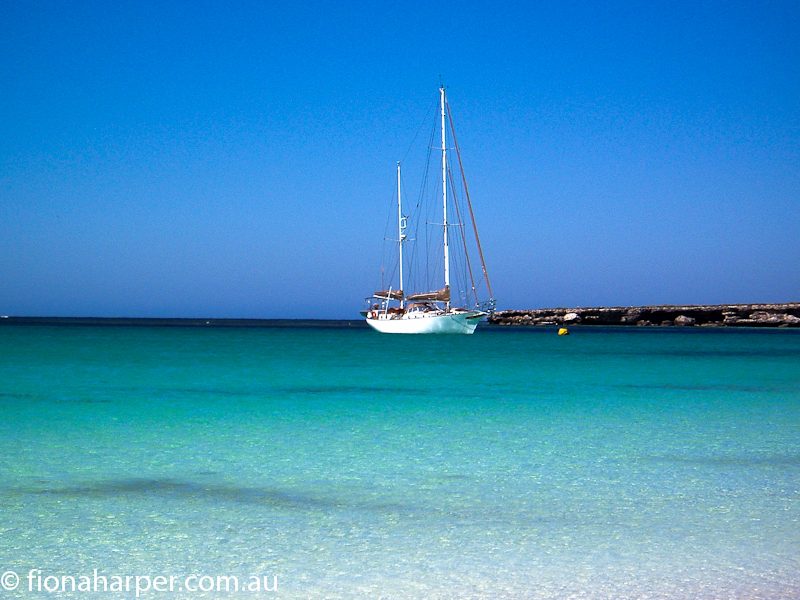
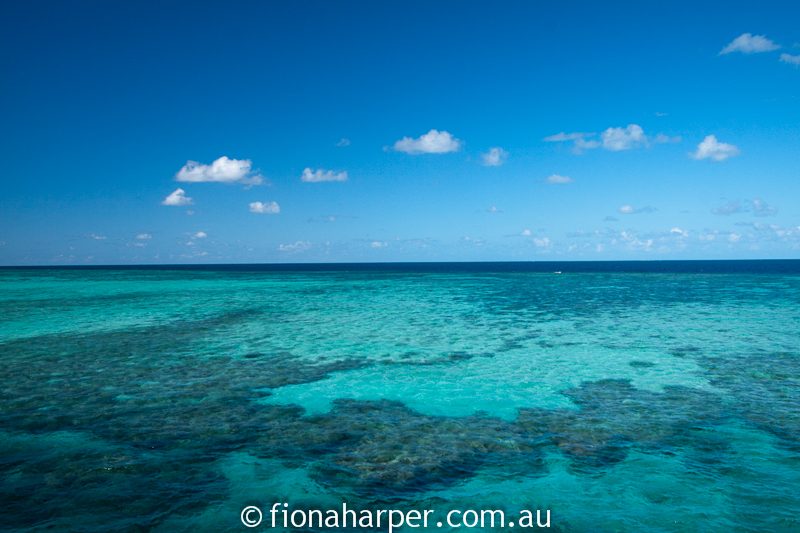
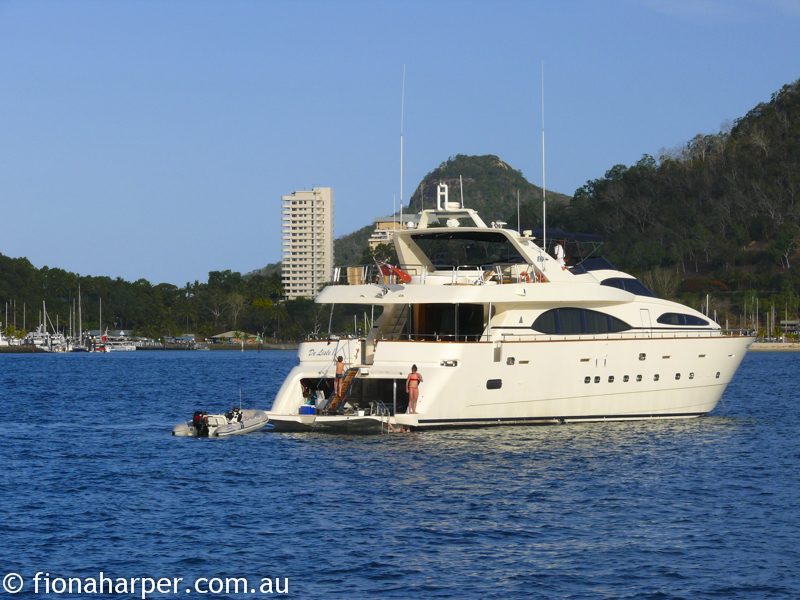
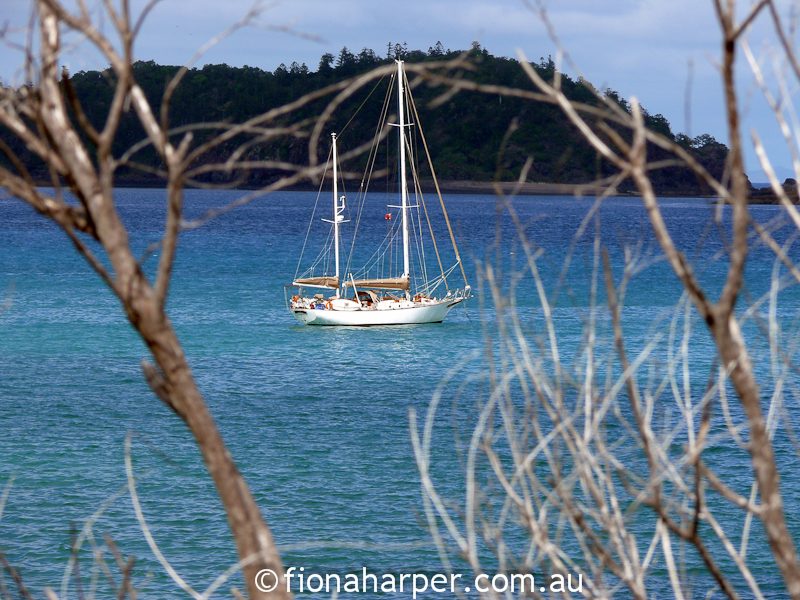

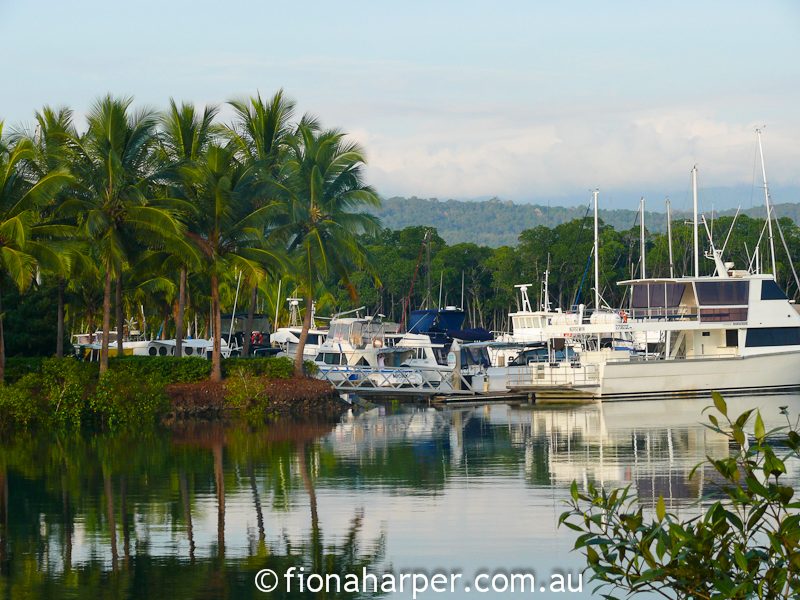
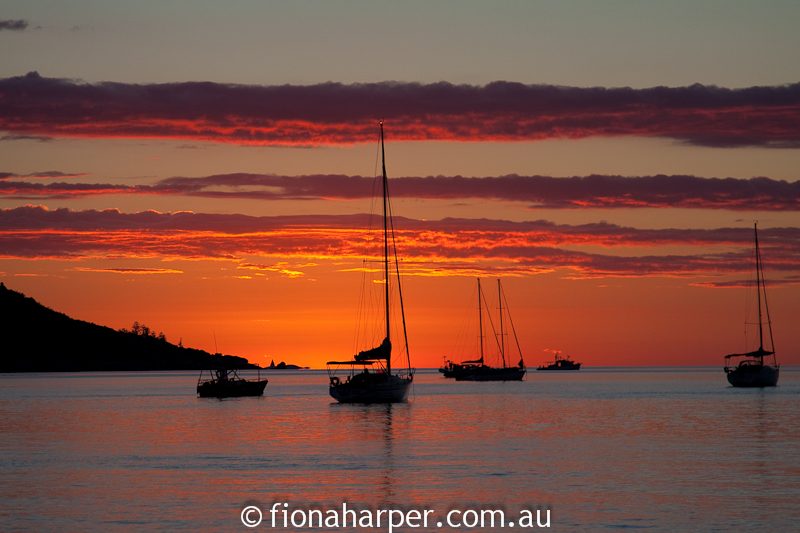
3 comments
Lovely reviews! Even I would like to sail on Australian waters on a luxury yacht to experience the beautiful cruising regions.
Thanks a lot.
Very rapidly this site will become famous amid due to it’s fastidious articles & reviews
Comments are closed.